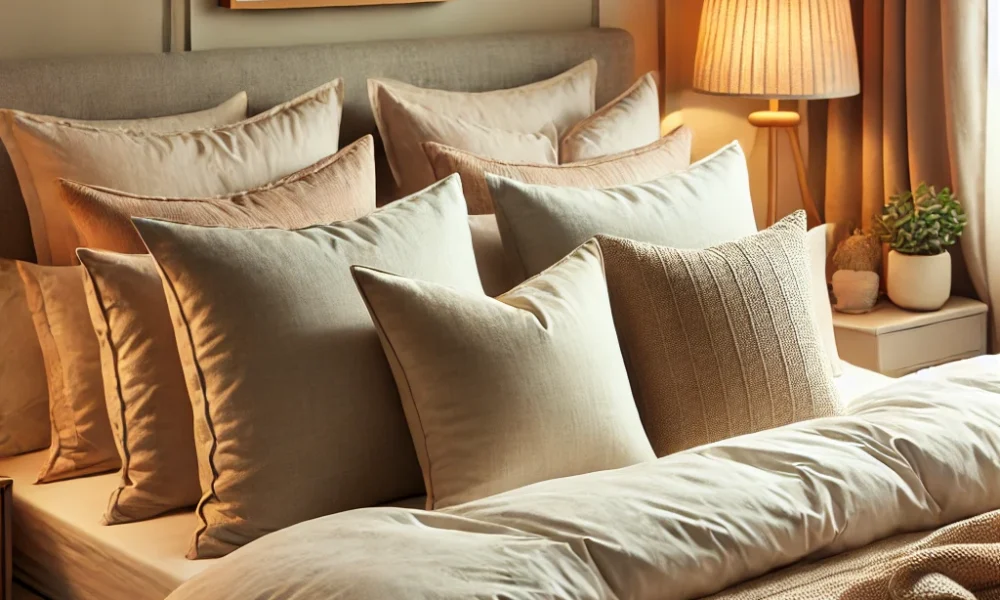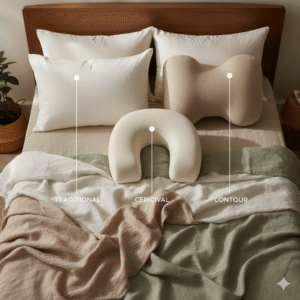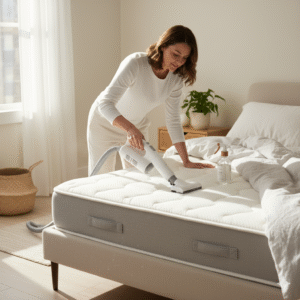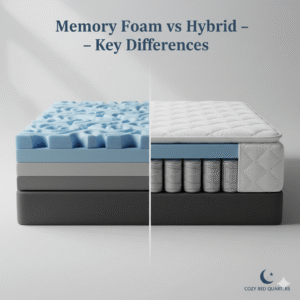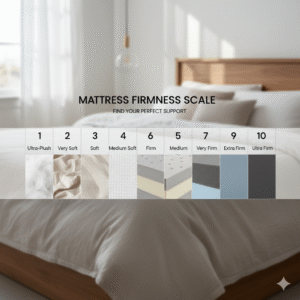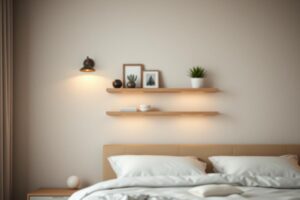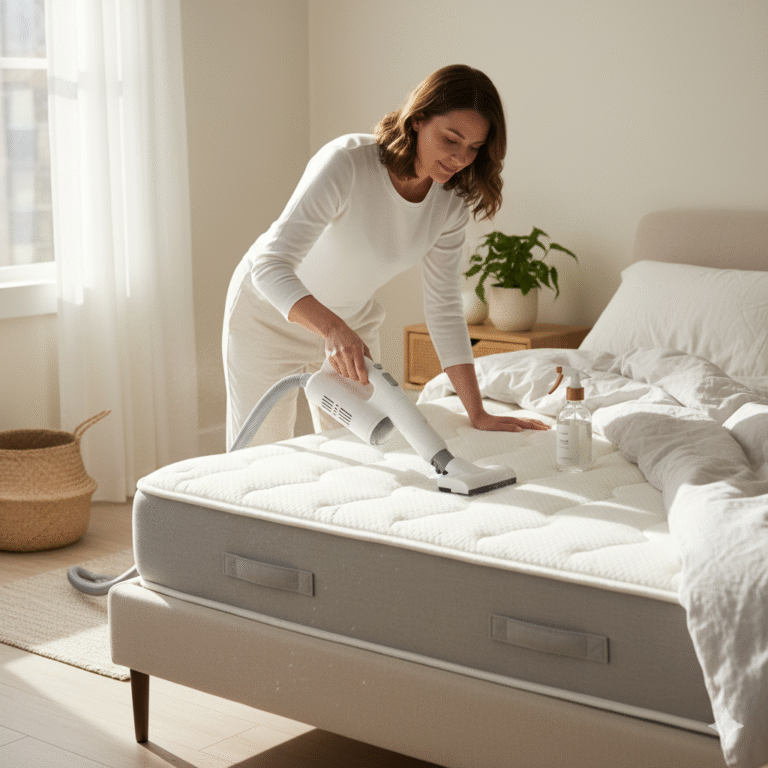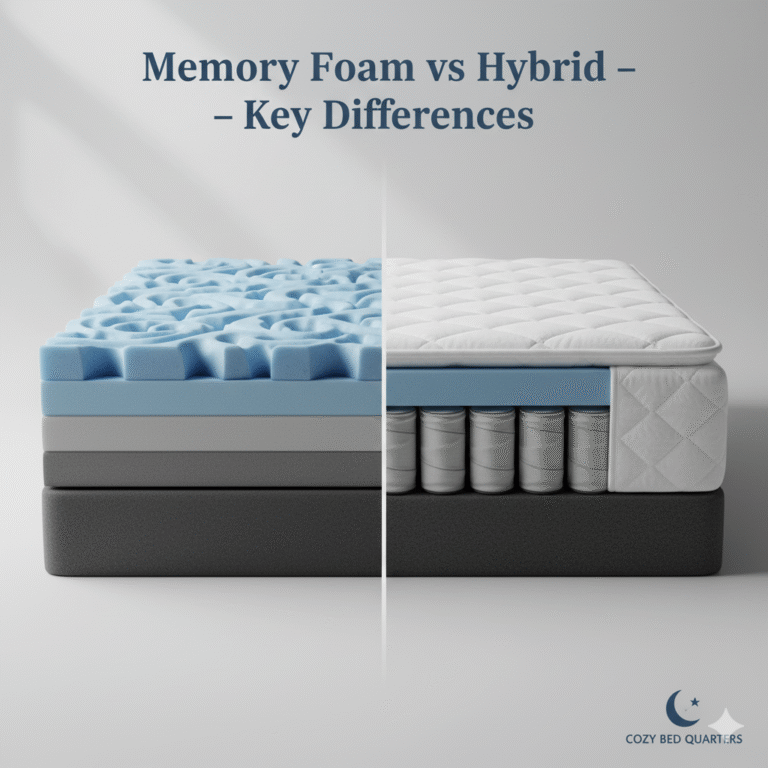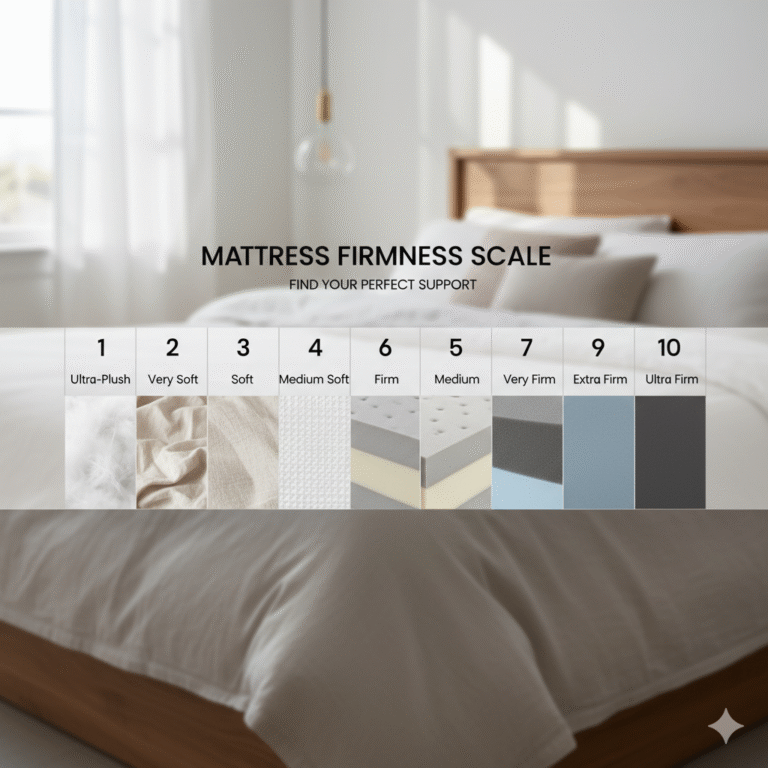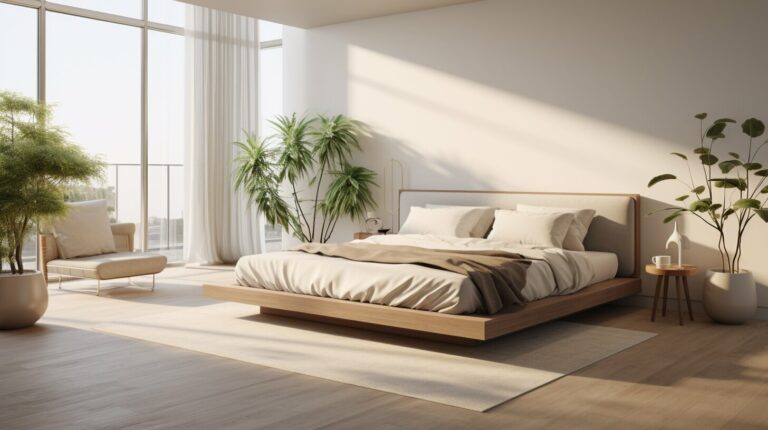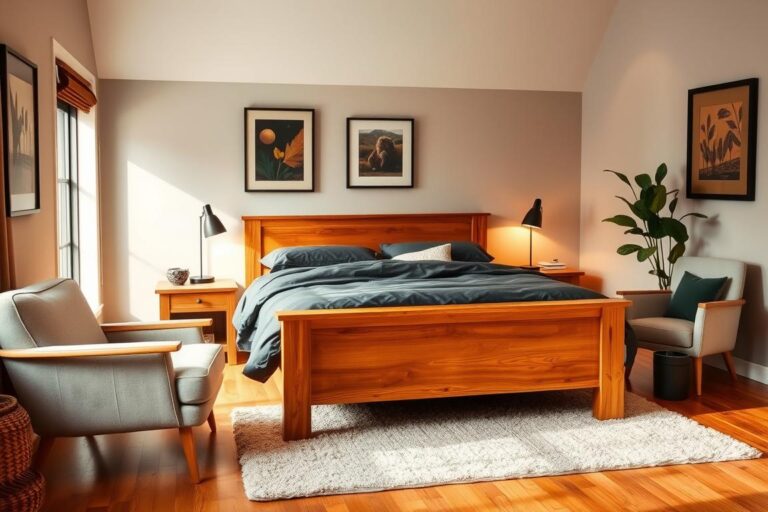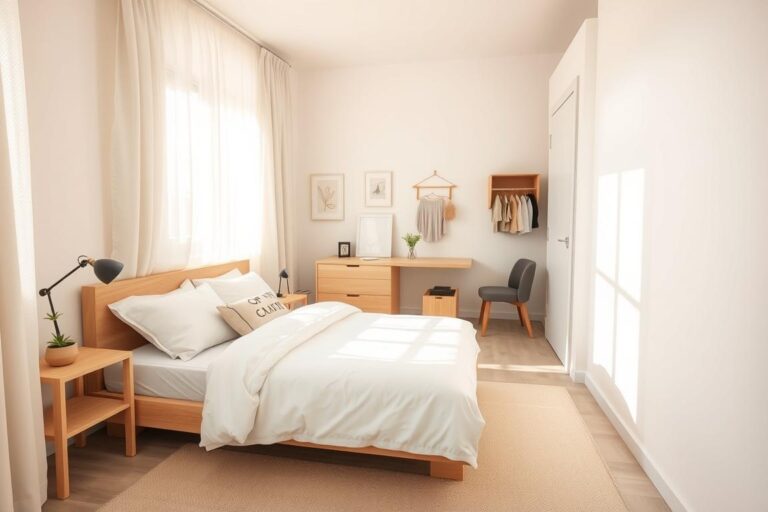Standard Sham Bedding
Curious about standard sham bedding? These decorative pillow covers do more than look pretty—they enhance comfort, protect pillows, and polish your bedroom design.
Key Takeaways
- Standard sham bedding refers to decorative pillow covers for standard-sized pillows.
- They enhance your bed’s appearance and protect your pillows from dust and stains.
- Shams are versatile and easy to style with any bedding setup.
Why Standard Sham Bedding Matters
Think of standard sham bedding as the finishing touch to your bed’s outfit. These covers offer more than a decorative boost—they protect, support, and help bring harmony to your bedroom style. Whether you’re staging your space for guests or creating a personal sanctuary, shams bring a layer of intentionality and elegance that standard pillowcases just can’t deliver.
Here are a few benefits of incorporating standard sham bedding into your setup:
- Protects pillows from dust and daily wear: Especially useful if your sleeping pillows double as backrests.
- Extra support when sitting up: Prop them up behind your back while you read or scroll in bed.
- Unifies your bed design: Coordinated shams tie the whole look together for a calm, styled finish.
In essence, standard sham bedding does the quiet work of transforming your room from “slept in” to “intentionally styled.” It’s that finishing touch that makes your bed feel complete.
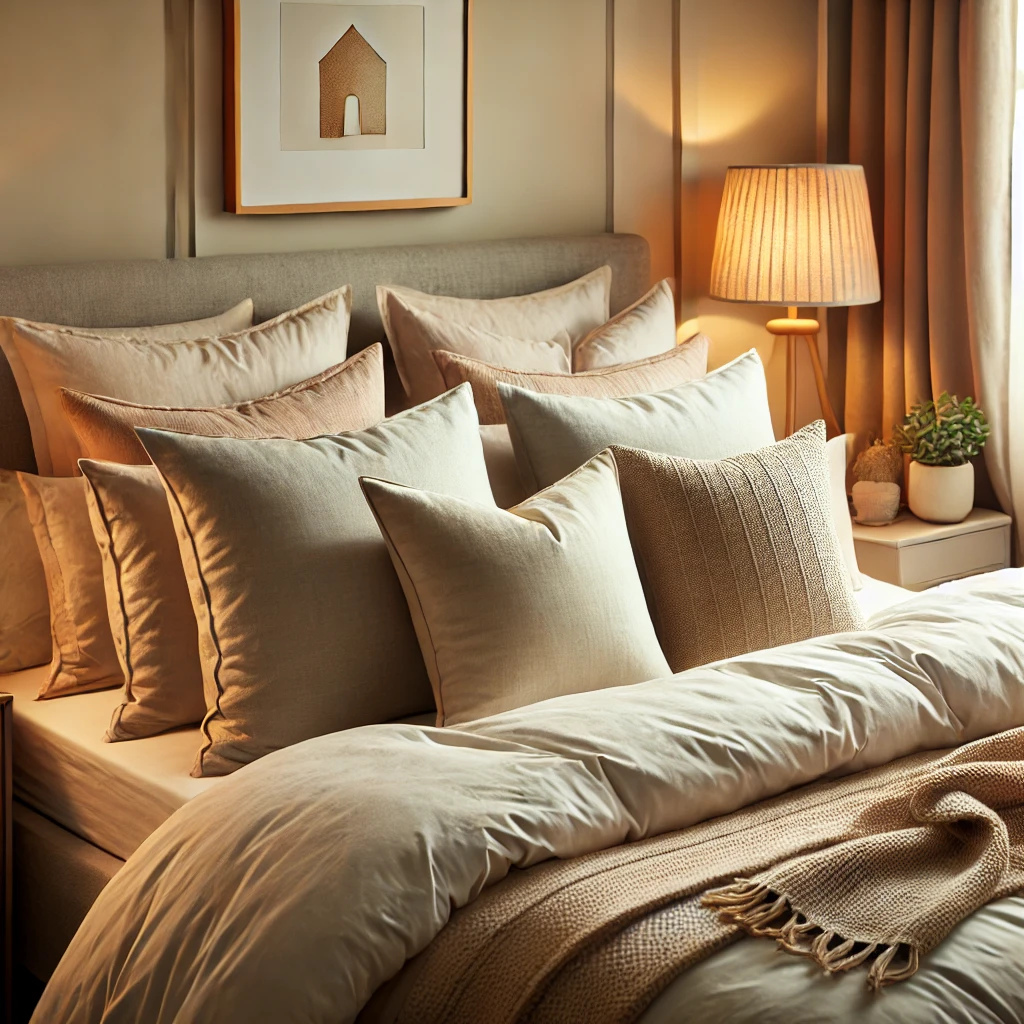
What Is a Standard Sham?
A standard sham is a fabric cover designed to fit over a standard-sized pillow—typically 20 by 26 inches. What makes it different from a pillowcase is its design: shams are meant to be seen, not just used. They often come with a decorative flange border, piped edges, textured fabric, and hidden closures like zippers or envelope-style backs.
These design features give your bedding a high-end look. And unlike pillowcases that are typically part of your basic sheet set, shams are sold separately or as part of a decorative bedding collection. They can be smooth and minimalist or bursting with embroidery, buttons, fringe, or tassels.
And yes—they’re comfy too. If you’re using soft, natural fabrics like cotton or bamboo, you can absolutely sleep on a sham in a pinch. Just keep in mind that many are slightly stiffer or more structured than your everyday pillowcase, so they’re best suited for layering and styling.
To see how shams fit into a complete bedding setup, check out our Ultimate Guide to Bedding Essentials or visit Better Homes & Gardens for more visual inspiration.
Styling Tips for Standard Sham Bedding
Styling with standard shams is a simple way to refresh your space without replacing your entire bedding set. Start with the basics by matching your shams to your comforter, quilt, or duvet for a cohesive feel. Or contrast with complementary tones and textures for a bold look.
Here’s how many standard shams you typically need based on bed size:
- Twin: 1 standard sham (centered or offset for asymmetrical balance)
- Full/Queen: 2 standard shams side by side
- King: 2–3 standard shams (or opt for king-sized shams for proportional coverage)
To style like a pro, layer your shams between your sleeping pillows and decorative throw pillows. Prop them upright for a clean, hotel-inspired look, or stack them for a modern, relaxed vibe. Don’t be afraid to mix textures—pairing a sleek cotton sham with a cozy knit throw or velvet accent pillow can add depth and interest.
Need help with styling ideas? Explore our popular guide on layering bedding like a designer or check out House Beautiful’s bedroom styling tips.
Are Standard Shams Allergy-Friendly?
Absolutely. In fact, standard shams can help create a healthier sleep environment when made from hypoallergenic fabrics. If you have allergies or sensitive skin, opt for shams made from natural materials like organic cotton or bamboo, which are breathable, moisture-wicking, and gentle on the skin.
Here’s how to maintain allergy-friendly shams:
- Wash frequently: Every 1–2 weeks to eliminate allergens and dust mites
- Skip harsh chemicals: Use mild, fragrance-free detergents and avoid dry cleaning if possible
- Choose breathable fabrics: Cotton and bamboo help regulate temperature and reduce irritation
For those interested in sustainable options that are also skin-friendly, we recommend reading our guide on eco-friendly bedding materials or visiting Sleep Foundation’s hypoallergenic bedding roundup.
With the right fabric and care routine, your standard shams can be as clean and calming as they are beautiful.
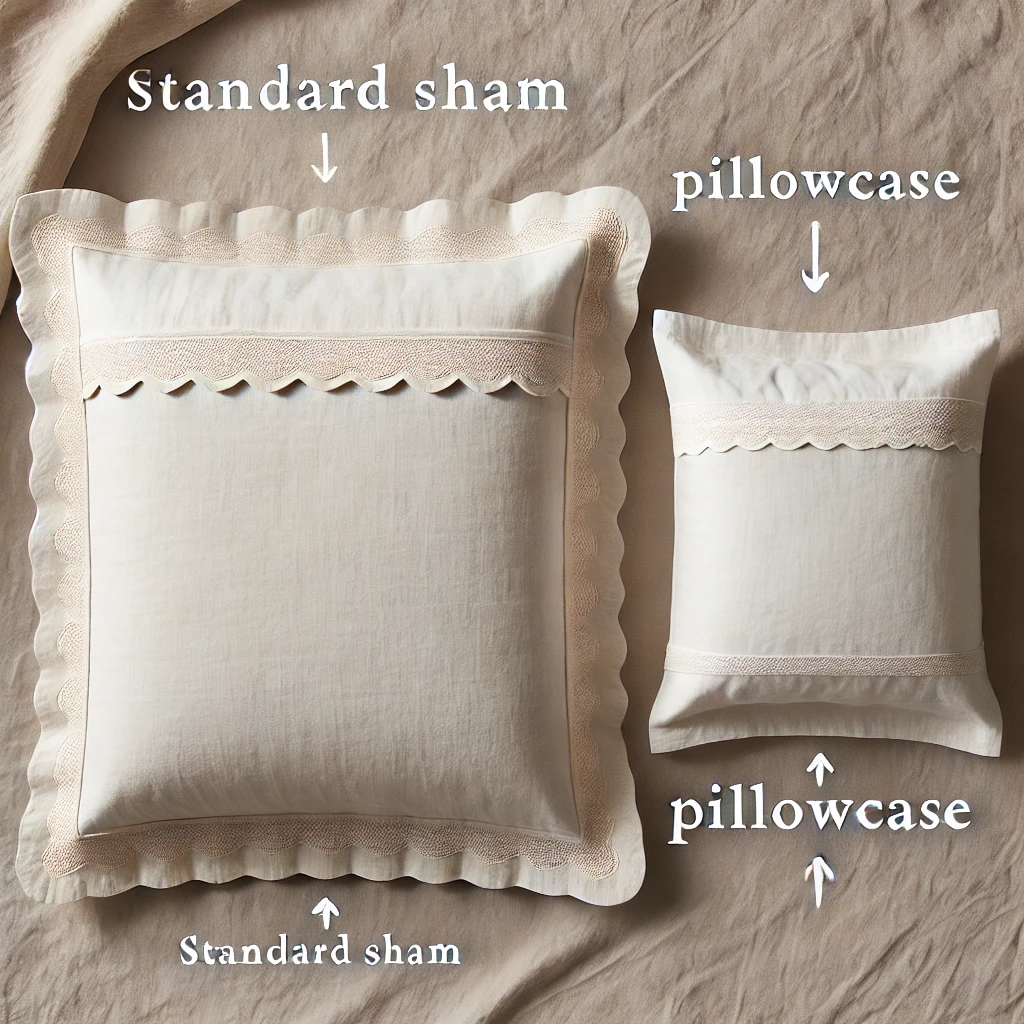
Clearing Up the Sham Confusion
Let’s clear this up: a standard sham is not just a pillowcase with flair. While both cover your pillows, their purposes are completely different. Pillowcases are designed for daily use—soft, practical, and meant for sleeping. Shams, on the other hand, are all about looks. They’re the runway model of your bedding setup.
Think of it this way: if your pillow was going to a gala, the sham would be its evening gown. It adds structure, presence, and polish to the bed. Plus, shams tend to have additional detailing like embroidery, quilting, and decorative flanges that you wouldn’t find on your average pillowcase.
Confused by bedding jargon? Visit our bed linen terms glossary for a breakdown of everything from duvet covers to Euro shams or refer to Architectural Digest’s comparison of pillowcases and shams.
In short, if you want your bedroom to look styled and feel finished, a sham does what a pillowcase can’t.
Choosing the Right Standard Shams
When choosing the perfect standard shams, it helps to consider both aesthetics and function. Do you prefer a clean, minimalist look? Or do you love bold patterns and textures? Either way, there’s a sham out there to match your style and needs.
- Style: Pair floral prints with neutral linens for a charming cottagecore vibe, or go monochromatic for a serene minimalist effect.
- Material: Cotton is breathable and soft. Linen adds a breezy, lived-in look. Velvet delivers luxe comfort in cooler months.
- Ease of care: Machine-washable shams save time—skip anything labeled “dry clean only” if you want low-maintenance bedding.
Don’t forget the small details—piping, ties, buttons, or embroidery can add personality to your bedding setup. Need more help? Our article on choosing the right bed pillows also covers sham compatibility and layering ideas. Or explore Apartment Therapy’s best pillow sham picks for 2024.
With the right standard sham bedding, your bed can feel like the centerpiece it was meant to be—comfortable, stylish, and uniquely yours.
Standard sham bedding may seem like a small detail, but it can dramatically elevate your bed’s style and comfort. Whether you’re refreshing your look for the season or building your dream bedscape, these decorative covers bring a blend of function and flair that’s hard to beat. Try one out—you might be surprised how much difference it makes!
FAQ
- Can you sleep on standard shams?
- Yes, especially if they’re made from soft, washable fabric. But many people use them primarily for decoration.
- How often should you wash standard shams?
- Every 1–2 weeks, just like pillowcases, especially if used regularly.
- What’s the difference between a sham and a pillowcase?
- Shams are decorative and structured with back closures; pillowcases are softer and designed for sleeping comfort.

